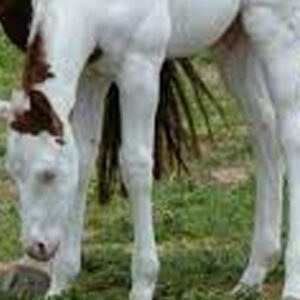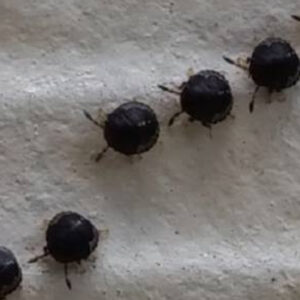The natural world is filled with incredible species and fascinating phenomena. As we observe the interactions between different organisms and their ability to adapt to their environment, we gain a deeper appreciation for the balance and diversity of our planet.
Recently, I stumbled upon some captivating images of what appeared to be three angry snakes hiding in a tree. I must admit, it sent shivers down my spine. But here’s the surprising twist: those “snakes” weren’t snakes at all! They were something entirely different and equally extraordinary.

The Astonishing Diversity of Life
Biodiversity refers to the immense variety of species found in nature. Each species plays a unique role in maintaining the delicate balance of its ecosystem. Animals and plants have developed remarkable adaptations and survival techniques over time.
For example, some insects have evolved camouflage colors that help them blend seamlessly into their surroundings, protecting them from predators. Others have developed toxic compounds as a defensive mechanism. Nature never ceases to amaze with its clever strategies for survival.

A Tale of the “Angry Snakes”
In 2021, a photo shared on Twitter by Rob Allam caught the attention of users worldwide. The image seemed to depict three angry-looking serpents hidden in a tree. But upon closer inspection, it became apparent that there was more to this story than meets the eye.
As it turns out, the trio of “snakes” is actually a clever optical illusion created by the wings of two different species of Atlas moth. These magnificent insects, native to Asian forests, possess the astonishing ability to mimic the appearance of a snake.

With a wingspan of up to 24 cm (9.4 in) and a total wing surface area of over 160 cm2 (25 in2), the Atlas moth is one of the largest species of Lepidoptera. Its body, comparatively smaller, creates a striking contrast. The moth draws its name from the Greek mythological Titan Atlas and was first observed by Carl Linnaeus in 1758.
Unveiling the Mystery
Rob, the Twitter user who shared the trending image, provided some insight into this remarkable species. He explained, “Attacus Atlas is among the largest butterflies worldwide, and during its adult stage, it lives for a brief span of two weeks. Its primary objective during this stage is to lay eggs and safeguard them until they hatch, all the while camouflaging itself as a snake.”
Many social media users initially found it hard to believe that the “snake” was, in fact, a moth. One user marveled at the moth’s impressive disguise, exclaiming, “That disguise is really good!” Another expressed surprise, saying, “How’s that top one not an actual snake? This moth would live longer if it didn’t look like I wanted to beat it with a broom.”

A Convergence of Beauty and Camouflage
Contrary to popular belief, Atlas moths are not powerful or agile flyers. They prefer to rest during the day and conserve their energy for active flight at night. When they sense danger, these incredible creatures employ a unique defense strategy: they descend to the ground, wriggle, and deliberately flap their wings to resemble the appearance of a snake’s head.
To witness the awe-inspiring presence of an Atlas moth, one would likely have to venture into the tropical forests of Asia. However, there have been reported sightings of Atlas moths in other regions, including Europe and the United States. In 2012, the BBC reported a fascinating occurrence of an Atlas moth found on a windowsill in Ramsbottom, Greater Manchester. The family who discovered it initially mistook it for a bat due to its enormous size. Sadly, the moth passed away shortly after being found.
In July 2022, another Atlas moth made history with its sighting in Bellevue, Washington. This marked the first recorded instance of the species in the United States. Another specimen was also discovered in Sweden the same year.

A Captivating Encounter
If I had the opportunity to come across one of these magnificent creatures, I would be filled with awe and surprise. I would reach for my camera to capture the moment, but I would also maintain a safe distance if the moth started to resemble a snake’s head. Such a remarkable sight deserves to be shared and appreciated.
Please share this post on Facebook to spread the word about this enormous and fascinating moth. Let us celebrate its exceptional qualities and remarkable presence outside of its natural habitat. Nature never fails to surprise us with its wonders!
Source: https://recipmo.com/fascinating-optical-illusion-the-atlas-moth-disguised-as-a-snake/









